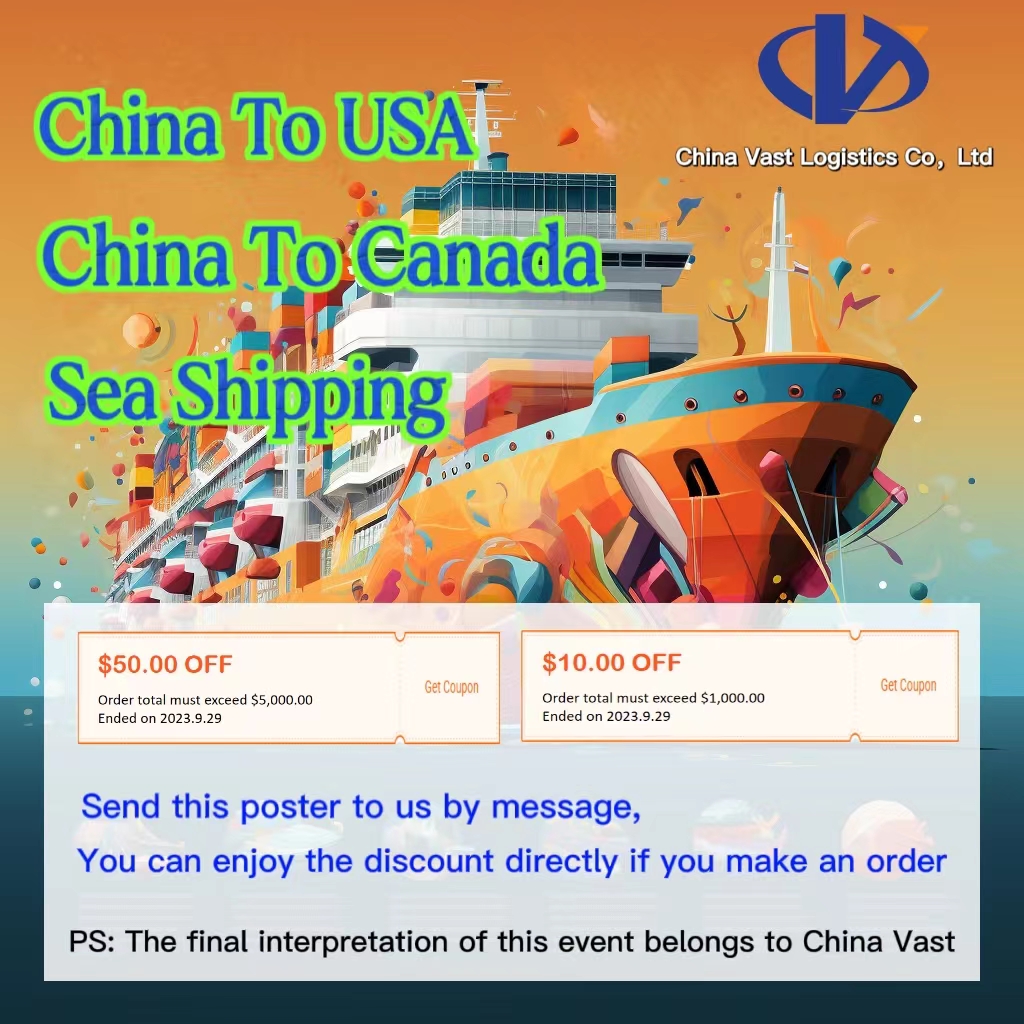1. Application Scenarios and Suitable Cargo
40GP (General Purpose Container)
Suitable Cargo: General dry goods such as machinery, electronics, cotton, and grain.
Advantages: Ideal for heavier cargo with smaller volume, such as tiles and stone. Typically used when the cargo gross weight is 22–24 tons.
40HQ (High Cube Container)
Suitable Cargo: Light, bulky cargo like textiles, furniture, or foam products; also suitable for cargo that requires extra vertical space, such as tall furniture or display equipment.
Advantages: Offers 0.54 meters more height (2.72m vs. 2.18m) and about 25% more volume capacity (68 m³ vs. 54 m³), resulting in lower transport costs per cubic meter.
2. Usage Frequency and Industry Preferences
In International Trade
40HQ is more commonly used in sectors involving light industrial goods (e.g., apparel, furniture) and cross-border e-commerce due to higher volume requirements and lower cargo density. It helps reduce shipping costs per container.
40GP is preferred for heavy cargo (e.g., machinery, construction materials) or when the cargo volume is around 50–60 m³, making it more cost-effective.
In Specialized Industries
Cold Chain Logistics: Refrigerated containers (40RF) are typically modified from 40GP units. Products requiring cold storage—such as food and pharmaceuticals—depend on specific container types and do not compete directly with 40HQ.
3. Cost and Operational Considerations
Cost Differences
Freight Rates: The base ocean freight for 40GP and 40HQ is generally the same, but 40HQ offers better cost efficiency due to its larger capacity.
Surcharges: Peak season surcharges (e.g., USD 2,000/container from Far East to North America) apply equally to both container types.
Loading Efficiency
Cargo Fit: If cargo height exceeds 2.18m (such as vertical machinery), 40HQ is necessary. If the goods can be laid flat or stacked, 40GP may offer more flexibility.
4. Overall Recommendations
Choose 40HQ when the cargo volume is ≥65 m³ and relatively light (e.g., textiles), or when vertical space is essential.
Choose 40GP when the cargo is heavy (around 22 tons) and compact (e.g., tiles), or where high cube containers face port handling restrictions.
Conclusion:
While 40HQ is more frequently used in light goods shipping—especially in international trade—40GP remains widely utilized due to its general versatility and suitability for dense cargo. Selection should be based on cargo characteristics, shipping costs, and operational constraints.


